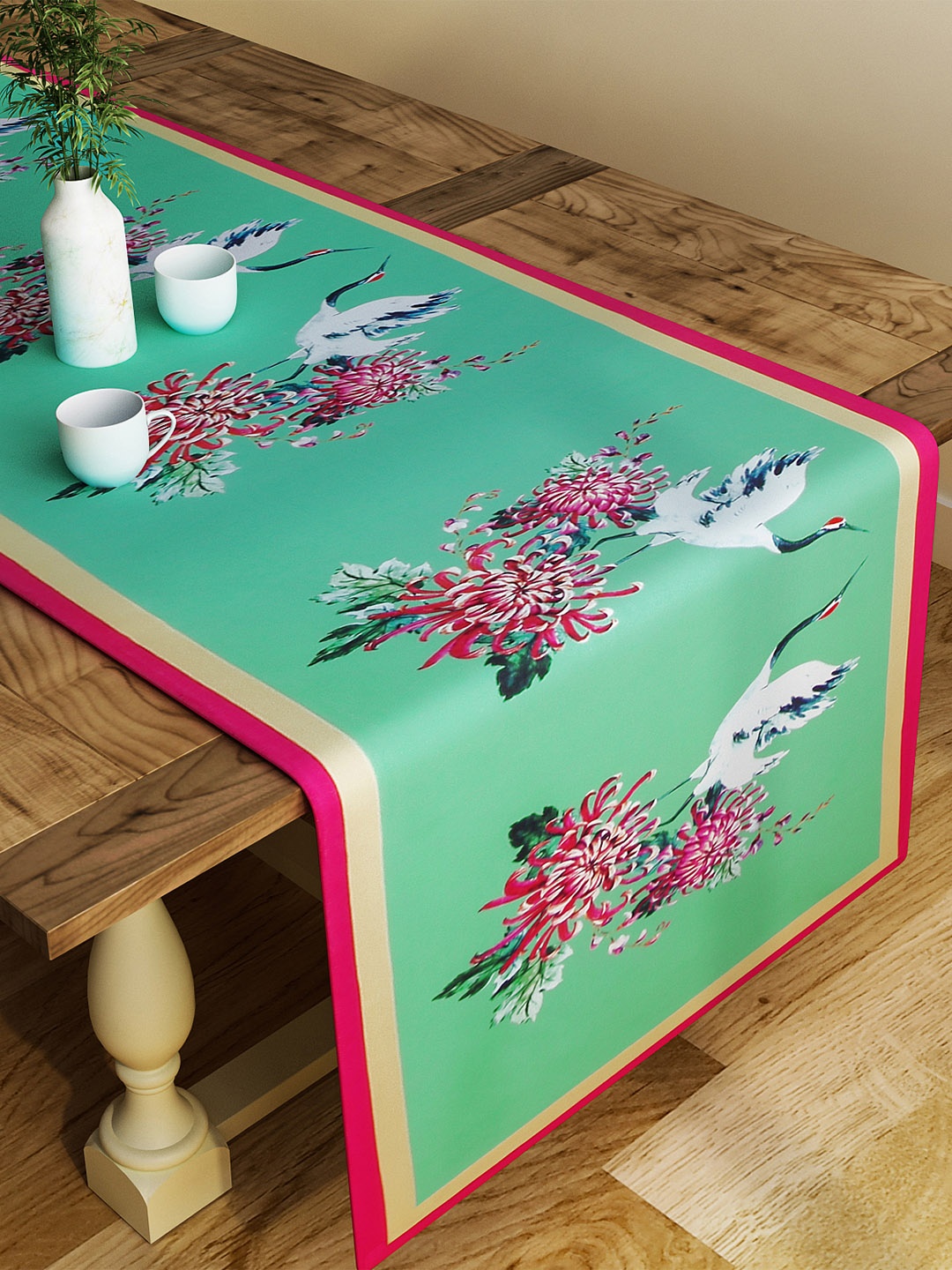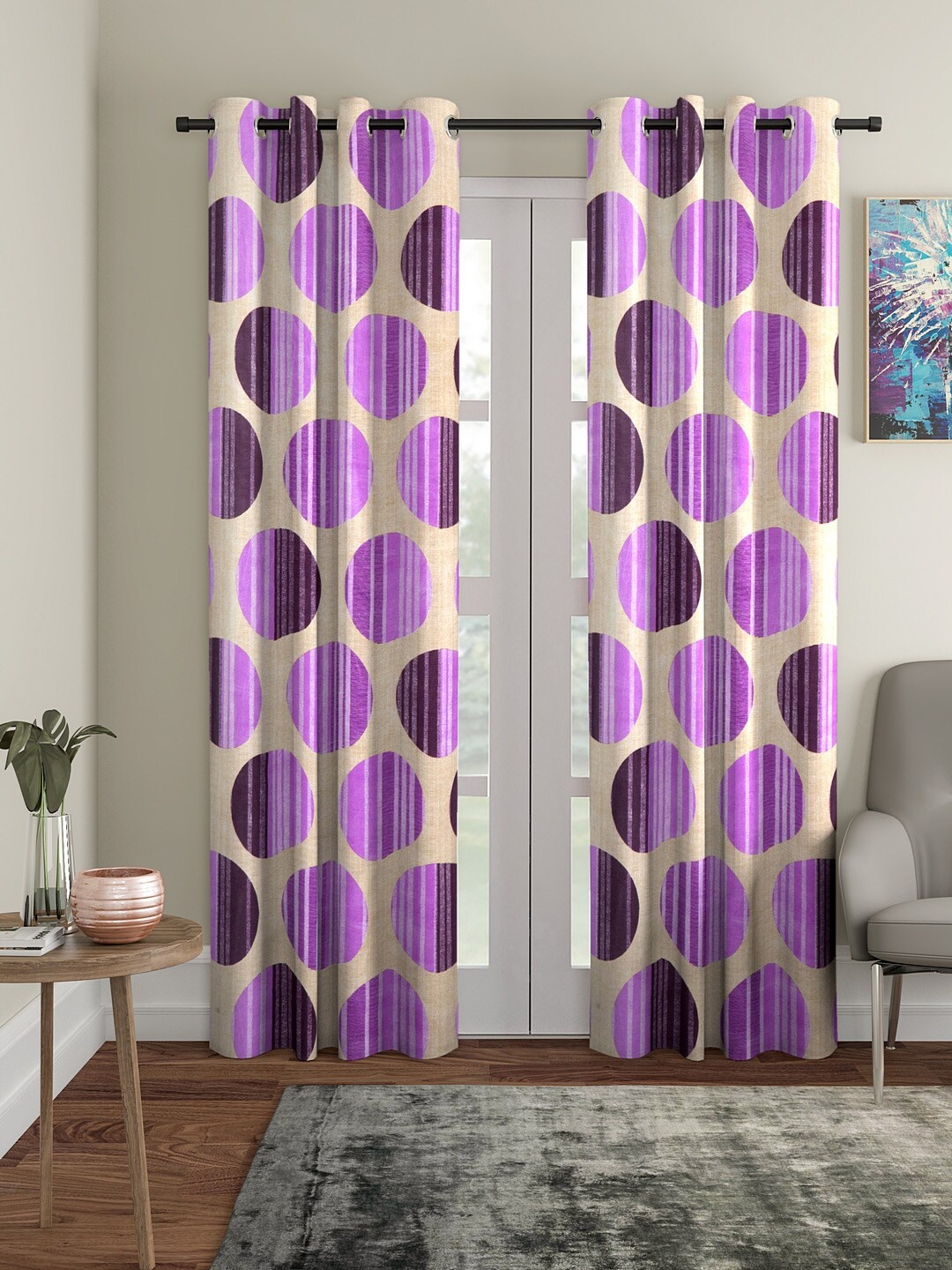How To Maintain Non-Stick Cookware So It Lasts For Years
Non-stick cookware makes everyday cooking a breeze, from flipping dosas to tossing a quick stir-fry. This article unpacks practical, easy-to-follow ways to make your non-stick cookware last for years without losing its charm or functionality.

10 Proven Ways To Care For Non-Stick Cookware And Keep It Looking New.
There's something deeply satisfying about cooking in a pan where nothing sticks, the omelette slides off like a dream, and even the messiest gravies clean up in seconds. Non-stick cookware has become a kitchen essential for exactly this reason. But here's the catch: that magic coating doesn't last forever. Over time, careless use, harsh detergents, and even the wrong spatula can turn that smooth surface rough and flaky.
Many people believe non-stick pans wear out quickly, but in truth, they simply need the right kind of care. Think of them like your favourite silk saree, they look fabulous, but only if handled gently. Check the top tips on how to maintain non-stick cookware and the best picks, from Milton, Wonderchef to Agaro.

Here's how to maintain and care for your nonstick cookware the right way
Photo Credit: Pexels
Also Read: 5 Of The Best Non-Stick Cookware Options For Healthy Cooking
Smart Ways To Protect Your Non-Stick Cookware For Years
1. Season It Before First Use
Before your non-stick pan meets the flame for the first time, it needs a gentle initiation, seasoning. This simple step builds a thin protective layer between the pan and your food, ensuring the coating remains intact for longer.
To season it, wash the new pan gently with mild soap and water, dry it completely, and then apply a few drops of cooking oil (any light oil works fine, sunflower, groundnut, or even coconut). Spread it evenly using a soft tissue or cloth, then warm it over a low flame for a few minutes. Let it cool, wipe off the excess, and it's ready to go.
This little ritual forms a shield that helps preserve the non-stick surface. It prevents the coating from wearing out too soon and also adds a subtle gloss. It's like giving your pan its very first protective coat of armour, simple, inexpensive, and effective.
2. Use Low To Medium Heat
Non-stick pans don't like drama, especially the kind that involves blazing flames. High heat can damage the coating, releasing fumes and leaving the surface uneven. Stick to low or medium heat for most cooking.
Think of it this way: non-stick cookware is designed for gentle cooking. Whether you're frying eggs, sautéing vegetables, or simmering a curry, moderate temperatures are more than enough. If you need intense heat, say, for searing meat or making tadka, switch to a stainless steel or cast-iron pan.
It's tempting to turn up the flame to speed up breakfast on a rushed weekday, but the damage accumulates quietly. Over time, that quick fix could cost you ₹1,500 to ₹2,000 for a new pan. A little patience can save both your cookware and your wallet.
3. Always Use Wooden or Silicone Utensils
Metal spoons and spatulas might seem sturdy, but they're the enemy of non-stick cookware. A single careless scrape can leave a visible scratch that ruins the surface. Wooden, silicone, or heat-resistant plastic utensils are the real heroes here, they're gentle, flexible, and don't leave marks.
Picture this: you've just made perfect pancakes, but while flipping the last one, a metal spatula scrapes against the pan. That one scratch is all it takes for the coating to start chipping later. Instead, invest in a good-quality silicone spatula set (you'll find plenty between ₹300 and ₹700). They're lightweight, easy to clean, and add a splash of colour to your kitchen too.
A small switch in utensils goes a long way. Your non-stick pan will thank you with smooth, even cooking for years.

Always use wooden or silicone spatula on your non-stick cookware
Photo Credit: Pexels
4. Avoid Abrasive Cleaners
One of the biggest mistakes people make is scrubbing non-stick pans with harsh scouring pads or steel wool. While it might remove stubborn stains, it also strips away the very coating that makes the pan non-stick.
Instead, use a soft sponge or a microfibre cloth with mild dishwashing liquid. If food gets burnt and sticks (it happens to the best of us), soak the pan in warm, soapy water for about 10 minutes before gently wiping it clean.
Here's a quick home hack: sprinkle a little baking soda on the pan, add a few drops of water, and let it sit. It lifts off the residue without scratching the surface. A gentle hand is all that's needed, no elbow grease, no scrapes, no regrets.
5. Let It Cool Before Washing
After a delicious meal, it's natural to want to clean up quickly. But plunging a hot non-stick pan into cold water is a recipe for disaster. The sudden temperature change can cause the coating to warp or crack, shortening its lifespan.
Always let the pan cool down naturally before washing. It takes just a few extra minutes but makes a world of difference. This habit not only protects the non-stick surface but also prevents the base from bending out of shape.
It's like giving your pan a breather after a hard day's work, let it rest, and it'll serve you longer. Those who've accidentally warped a ₹2,000 pan know this pain all too well.
6. Avoid Cooking Sprays
Cooking sprays might seem convenient, but they can actually damage non-stick cookware over time. The residues from these sprays don't wash off easily and form a sticky layer that builds up with every use. Eventually, the coating starts to degrade, and food begins to stick.
Instead, use a few drops of regular cooking oil. Just dip a piece of tissue in oil and wipe the surface before heating. It keeps the coating slick and doesn't leave unwanted residue.
This simple swap doesn't just preserve your pan; it also helps maintain the authentic taste of your food. Nothing beats the flavour of a home-cooked sabzi or dosa made the traditional way, minus the artificial sprays.

Avoid cooking spray at bay when using non-stick cookware; Photo Credit: Pexels
7. Store Them Properly
How your cookware rests in your kitchen matters more than you think. Stacking pans directly on top of each other without protection can lead to scratches and dents.
To avoid this, place a soft cloth, paper towel, or even a kitchen napkin between each pan before stacking. If you have enough space, hang them individually, it looks neat and keeps the surfaces scratch-free.
Proper storage isn't just about aesthetics; it's about longevity. A non-stick pan stored carelessly can lose its charm in months, while a well-kept one can serve for years. A small act of care can save you the hassle of frequent replacements.
8. Cook With The Right Oils
Choosing the right oil can also make a difference. Non-stick surfaces work best with oils that have a high smoke point, like sunflower, rice bran, or groundnut oil. Butter and ghee are fine in moderation, but avoid overheating them as they tend to burn quickly and leave residues.
When oil burns, it forms a sticky film that's tough to clean and damages the coating. So, use just enough oil to coat the pan lightly. Remember, the non-stick surface doesn't need much, just a hint is enough to do the job beautifully.
Good oiling habits not only keep your cookware smooth but also make your dishes lighter and healthier. After all, no one wants an oily paratha when it can be golden and crisp with half the fat.
9. Don't Use It For Food Storage
It's tempting to leave leftover food in the same pan, especially after a long dinner. But storing food, especially spicy or acidic dishes like rasam or tomato curry, can damage the coating. The acids and spices react with the surface and weaken it over time.
Transfer the food to a separate container once it cools down. This keeps both your meal and your cookware in good condition. It also prevents odours from lingering on the pan.
Think of it as a small act of respect for your trusty cookware, let it cook, not store. Your leftovers will stay fresher too.

Do not use it as your food storing container
Photo Credit: Pexels
10. Know When To Say Goodbye
Even the best non-stick pans have a lifespan. If you start seeing flakes, scratches, or the surface looks dull and patchy, it's time to retire it. Continuing to cook on a damaged coating can affect your food's taste and texture.
A well-maintained non-stick pan can last anywhere from three to five years. When it starts losing its smoothness, consider it a sign to invest in a new one. Fortunately, good-quality non-stick pans are available across price ranges; you can find durable options for as little as ₹1,000.
Knowing when to replace your pan isn't a waste; it's smart kitchen management. After all, good cookware is as important as good ingredients.
Products Related To This Article
1. Kreme Ceracook Granite Ceramic Cookware Set of 7pcs
2. HomeEssentials Non Stick Maifan Frying Pan 20CM
3. Milton Pro Cook Kitchen Pride Non-Stick Cookware Set of 5
4. Wonderchef Valencia Non-Stick Cookware 4 Piece Set
5. AGARO Imperial Granite Non Stick Cookware Set
6. 4-Hole Non-Stick Egg Frying Pan with Detachable Wooden Handle
7. Amazon Solimo Non-Stick Kadhai With Glass Lid
Non-stick cookware can be a true kitchen companion, light, convenient, and easy to clean. But it also demands care. With a few mindful habits, you can extend its life by years and keep your everyday cooking stress-free.
Remember the golden rule: treat it gently, cook patiently, and clean mindfully. Whether you're making a quick omelette on a Monday morning or a dosa breakfast on Sunday, your non-stick pan deserves that extra attention.
Caring for your non-stick cookware isn't just about saving money, it's about valuing the little tools that make daily life smoother. With these tips, every meal will glide off your pan and onto your plate, just the way it should.
Disclaimer: The images used in this article are for illustration purpose only. They may not be an exact representation of the products, categories and brands listed in this article.







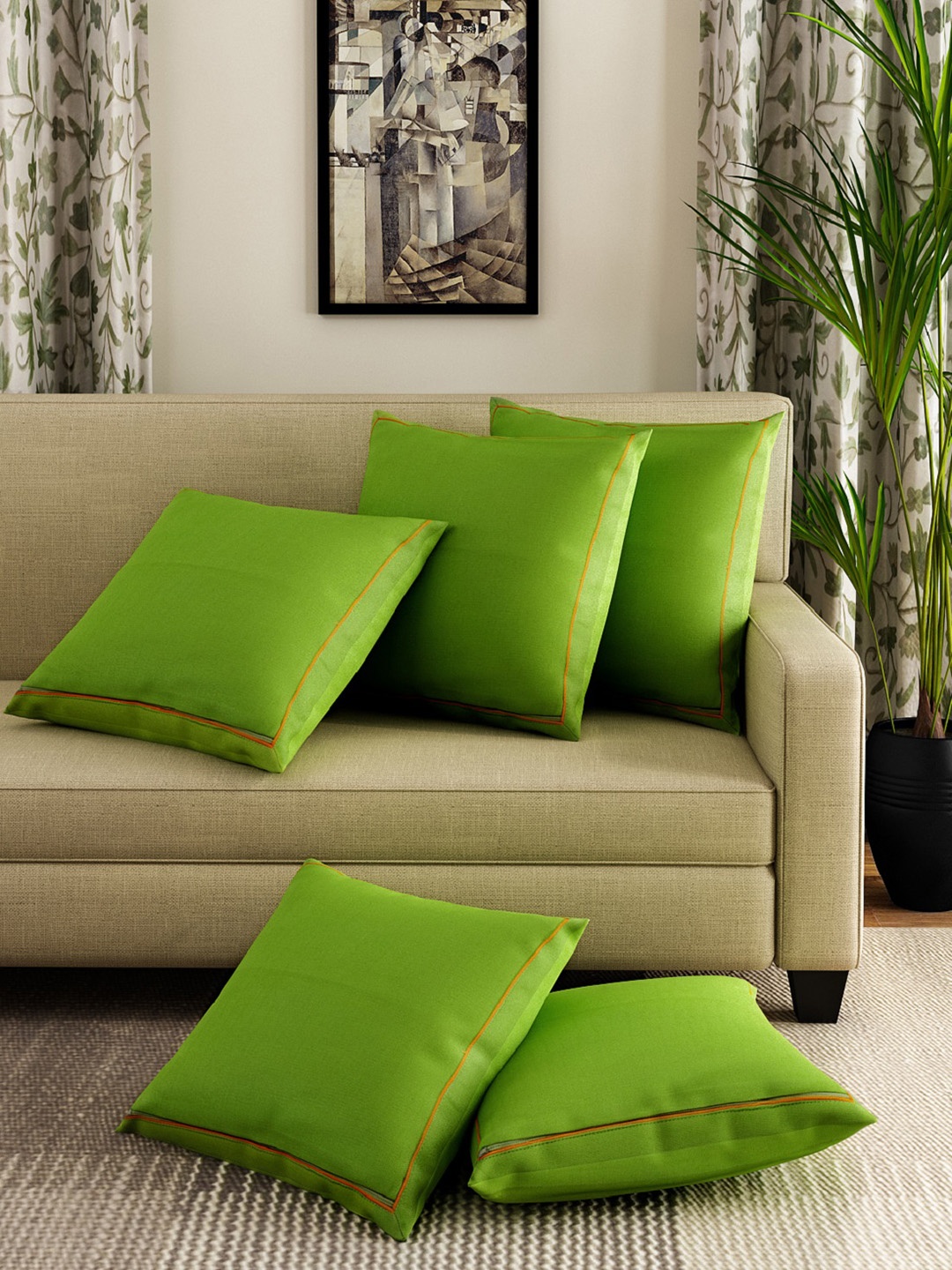





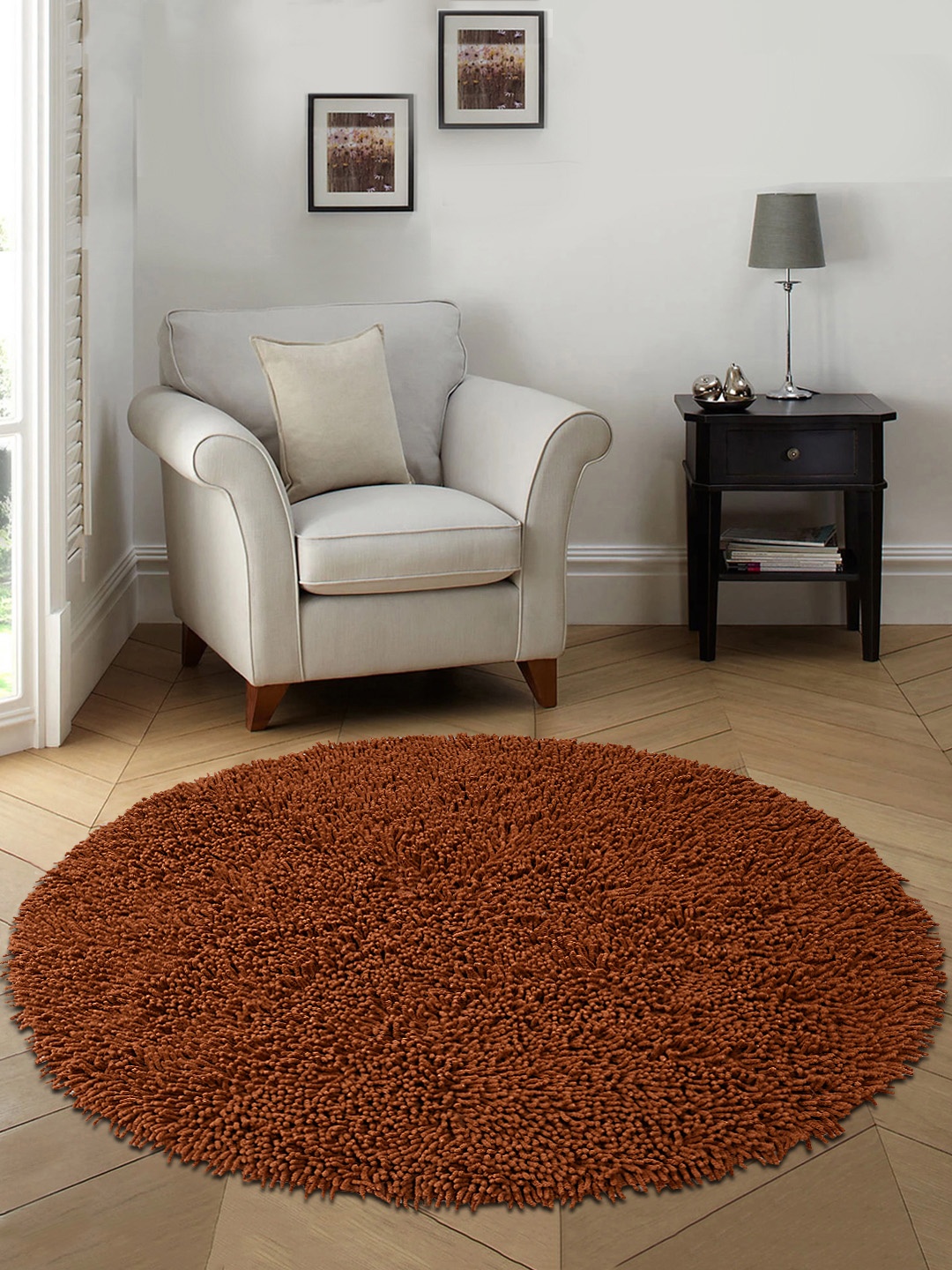

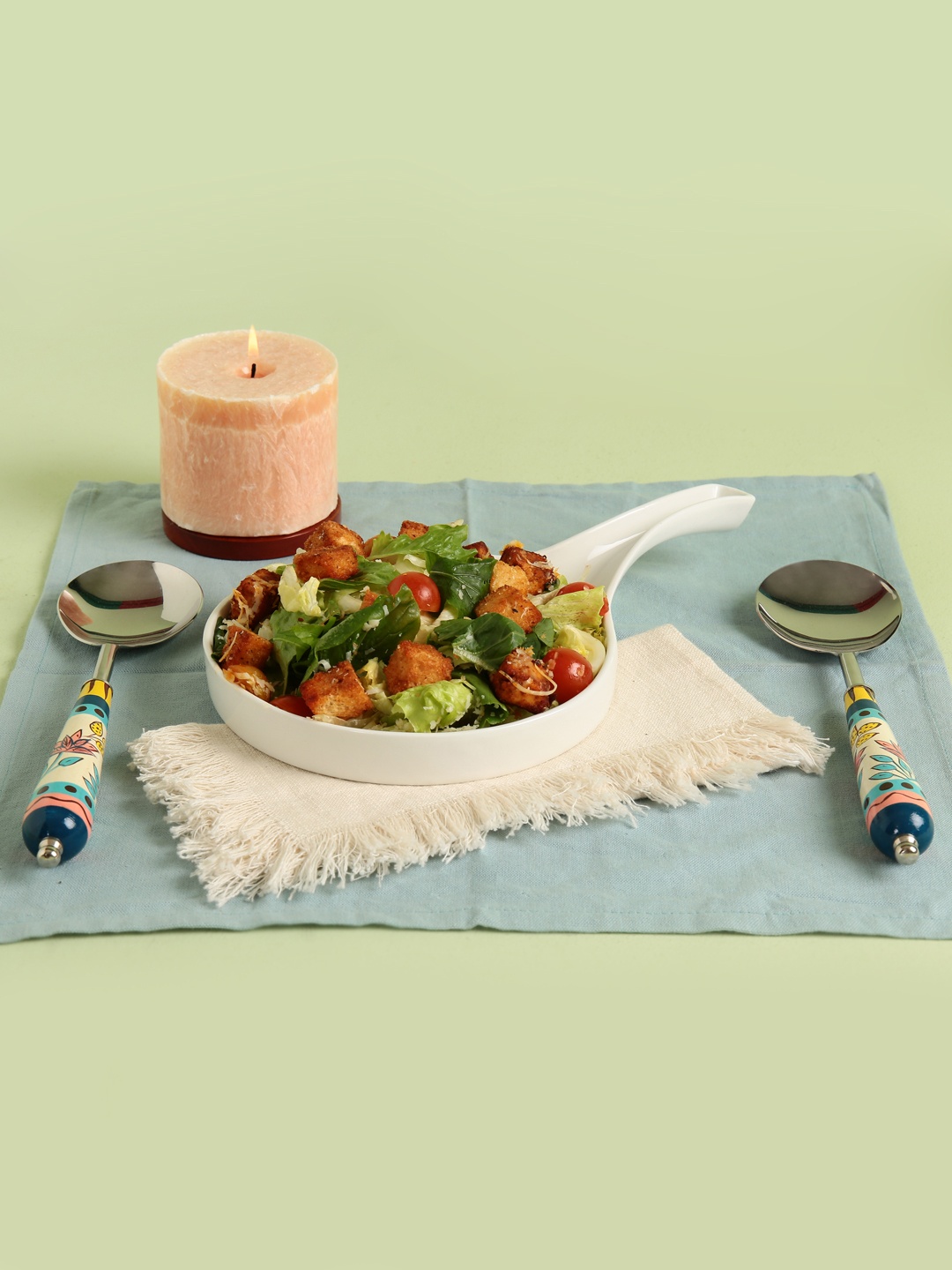
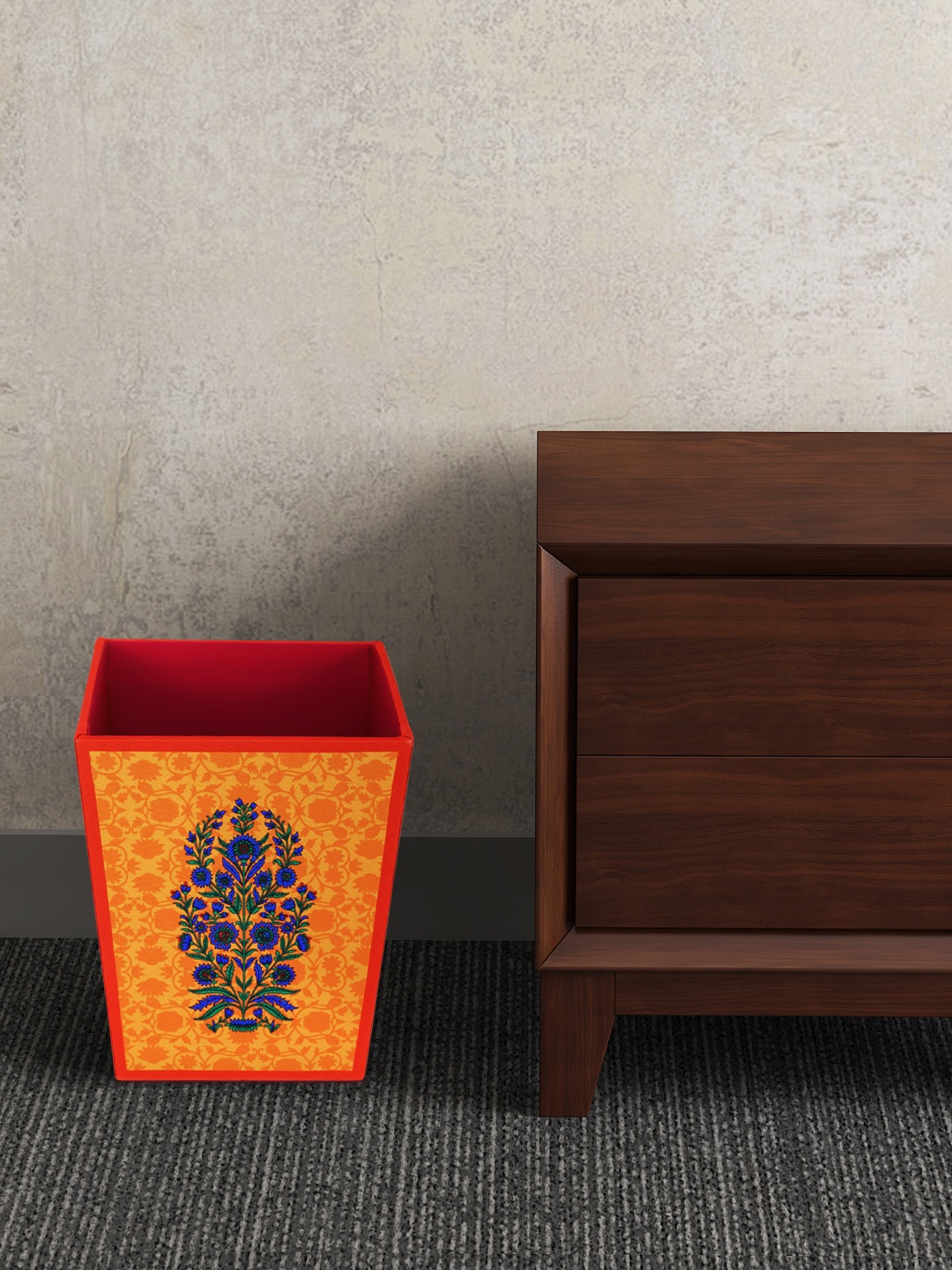
![Steam Iron Teflon Shoe Cover for ES-300,ST-96 [Only For ES-300 and ST-96 Model Electric Steam Irons]](https://m.media-amazon.com/images/I/51wwkttondL._SL160_.jpg)
